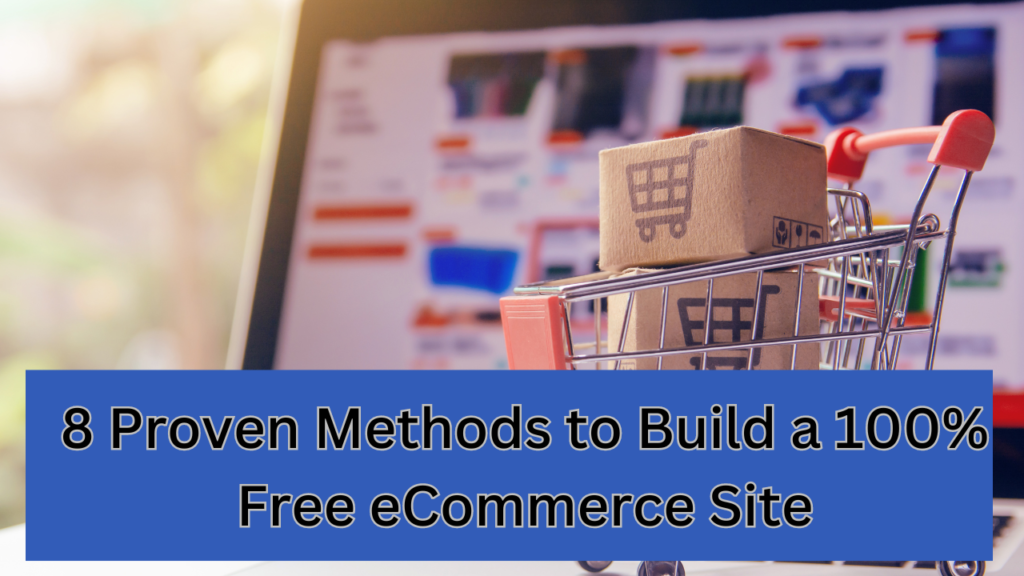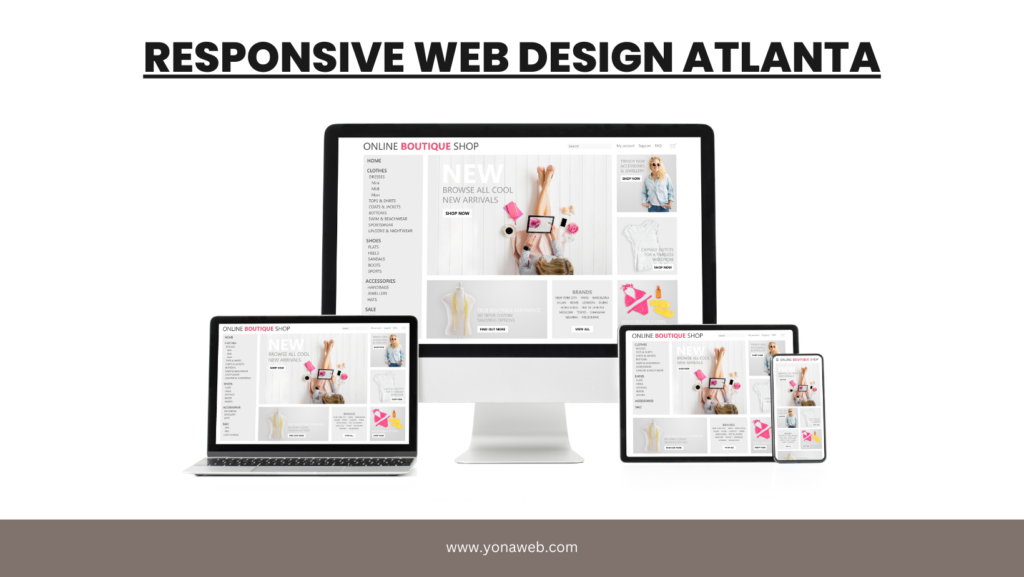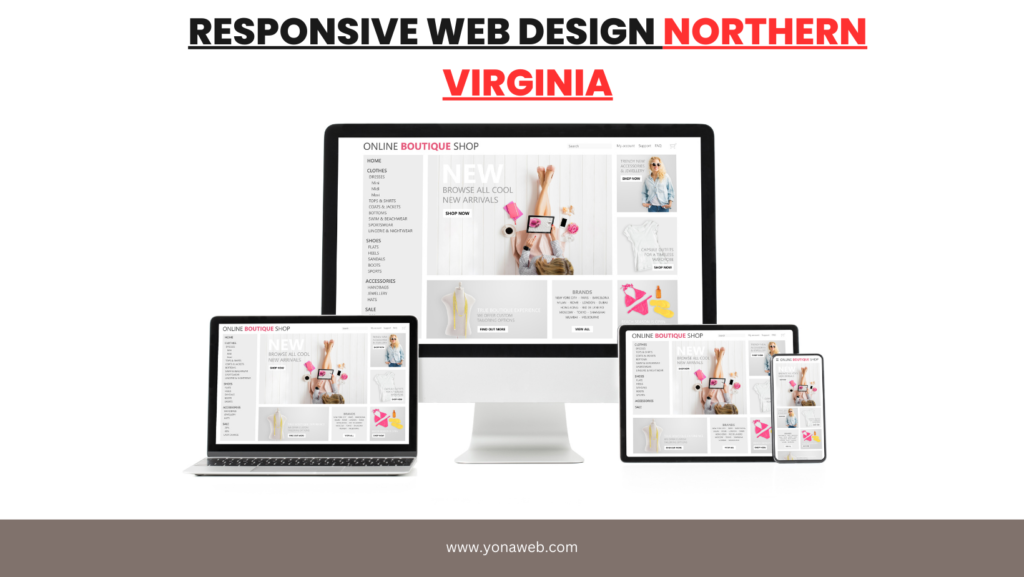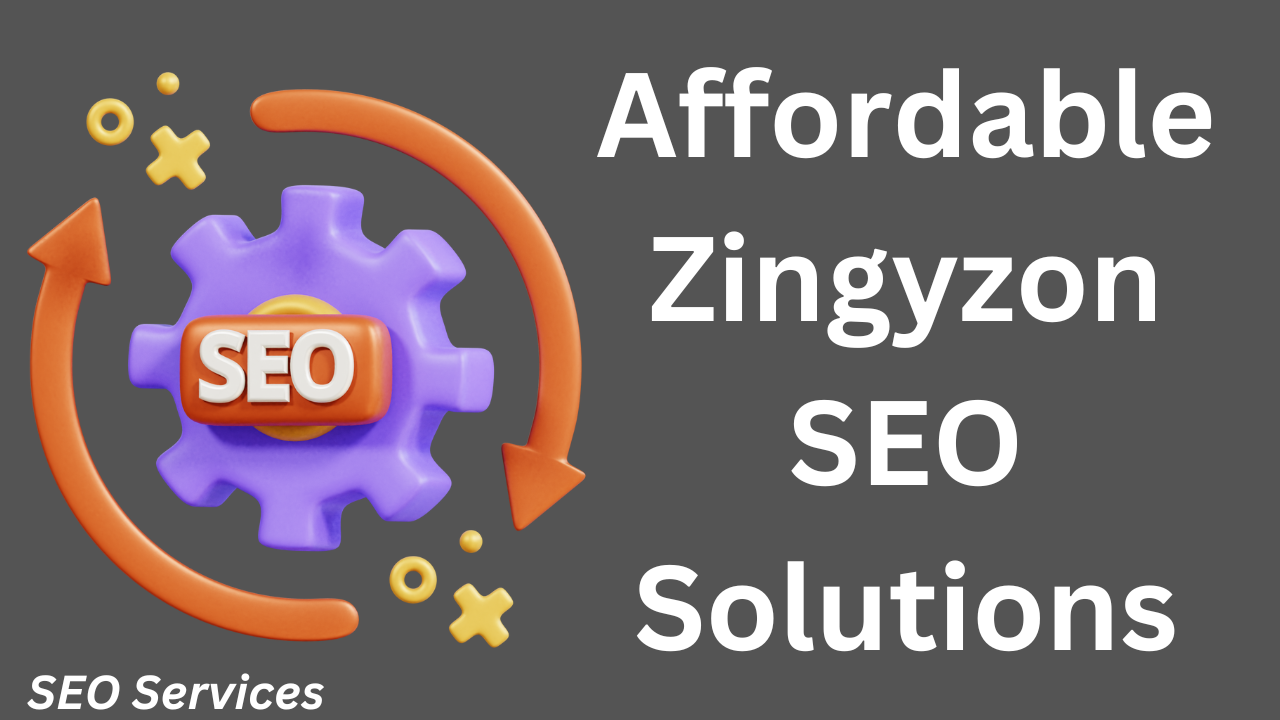
Build a 100% Free eCommerce Site as global eCommerce has surged, with sales hitting an impressive $5.542 trillion in 2022. Creating a free eCommerce website presents a fantastic chance to enter this profitable market without significant expenses. Picture launching your online store with no initial costs. Numerous popular website builders offer free or affordable solutions to kickstart your journey. You can explore platforms like WordPress, BigCommerce, and Ecwid to design a professional-looking store. These tools provide user-friendly interfaces, making the setup process straightforward.
1. OpenCart
Features
Customization Options
OpenCart offers a treasure trove of customization options. You can tailor your Free eCommerce Website to fit any business need. The platform provides a user-friendly dashboard that makes navigation a breeze. With over 13,000 extensions available, you can easily enhance functionality. Themes galore await in the marketplace, letting you craft a unique store appearance.
Extensions and Add-ons
The power of OpenCart lies in its extensions and add-ons. You can integrate APIs to connect with other services. SEO enhancements help boost your store’s visibility. Analytical tools provide insights into sales performance. Discounts, coupons, and specials can drive more sales. OpenCart supports multi-store management for those with diverse needs.
Pros and Cons
Advantages
OpenCart shines with its flexibility. The open-source nature means no hidden costs. A vast community supports the platform, ensuring constant improvements. The marketplace offers endless possibilities for expansion. Businesses worldwide trust OpenCart for reliable service.
Disadvantages
OpenCart may require some technical know-how for users. Beginners might face a learning curve when trying to build their eCommerce store on this platform. Some users find the interface less intuitive compared to other website builders like Shopify or Wix, which are often preferred for ease of use. Customization in OpenCart can sometimes lead to complexity, particularly for those new to website creation. Additionally, support may not be as immediate as with paid platforms such as WooCommerce or Square, which offer more robust customer service options.
User Feedback
What Users Like Best
Users love the extensive customization options available for building their commerce websites. The free nature of OpenCart appeals to budget-conscious entrepreneurs who prefer not to invest in premium platforms. Many appreciate the wide range of extensions and templates that can be used to enhance the functionality of their websites. The flexibility to manage multiple stores from a single interface is a big plus for those running commerce-based businesses. Additionally, the community support offered by OpenCart often receives praise, providing users with valuable resources and assistance.
2. WooCommerce
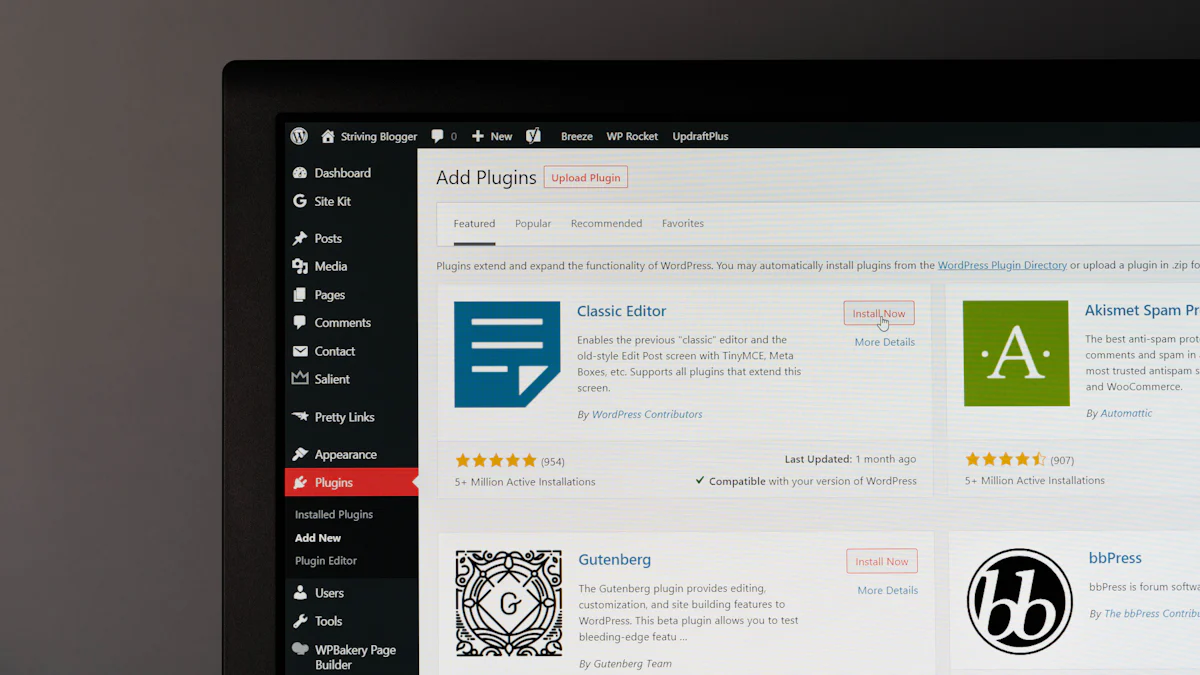
Features
Integration with WordPress
WooCommerce seamlessly integrates with WordPress. This integration makes it a top choice for those already using WordPress. The setup process feels intuitive and straightforward. You can manage your Free eCommerce Website directly from the WordPress dashboard. This feature offers a cohesive experience for users familiar with WordPress.
Payment Gateways
WooCommerce supports a wide range of payment gateways. You can choose from popular options like PayPal, Stripe, and Square. This flexibility allows you to cater to diverse customer preferences. The platform ensures secure transactions for peace of mind. Adding or changing payment gateways requires minimal effort.
Pros and Cons
Advantages
WooCommerce offers extensive customization options. The platform provides a vast library of themes and plugins. Users appreciate the flexibility to tailor their store’s appearance. The open-source nature means no hidden fees. A large community offers support and resources.
Disadvantages
WooCommerce may present challenges for beginners. The platform requires some technical knowledge for optimal use. Users might find the need for frequent updates cumbersome. The reliance on plugins can lead to compatibility issues. Some users report performance slowdowns with large stores.
User Feedback
What Users Like Best
Users love the seamless WordPress integration. The extensive range of plugins receives high praise. Many appreciate the flexibility in payment options. The free nature of WooCommerce appeals to budget-conscious entrepreneurs. The community support often gets positive feedback.
What Users Dislike
Some users mention a steep learning curve. Frequent updates can feel overwhelming. Technical support might not meet everyone’s expectations. The need for plugins can complicate the setup. Beginners might struggle without prior WordPress experience.
3. PrestaShop
Features
Multilingual Support
PrestaShop offers robust multilingual support. You can easily reach a global audience with this feature. The platform allows you to translate your store into multiple languages. Customers from different regions can browse in their native language. This capability enhances user experience and boosts sales.
SEO Tools
PrestaShop provides powerful SEO tools. These tools help improve your store’s visibility on search engines. You can optimize product descriptions and meta tags. Better rankings attract more visitors to your Free eCommerce Website. Increased traffic often leads to higher conversion rates.
Pros and Cons
Advantages
PrestaShop offers extensive customization options. The platform is open-source, which means no hidden fees. A large community provides support and resources. Users appreciate the flexibility to tailor their stores. The availability of numerous modules enhances functionality.
Disadvantages
PrestaShop may require technical knowledge for setup. Beginners might find the interface challenging. Some users report that updates can be cumbersome. The need for frequent maintenance can be time-consuming. Technical support might not meet everyone’s expectations.
User Feedback
What Users Like Best
Users love the multilingual support. Many appreciate the powerful SEO tools. The flexibility in customization receives high praise. The open-source nature appeals to budget-conscious entrepreneurs. Community support often gets positive feedback.
Testimonial: “This PrestaShop customer review module has a friendly interface, simple for any user, regardless of their experience and skills.”
What Users Dislike
Some users mention a steep learning curve. The interface can feel outdated. Frequent updates might overwhelm some users. Technical support may not always be prompt. Beginners might struggle without prior experience.
4. Magento Open Source
Features
Scalability
Magento Open Source offers impressive scalability for your eCommerce site. You can start small and expand as your business grows. The platform handles increased traffic and larger product catalogs with ease. Many large businesses trust Magento for its ability to scale efficiently. Your store can grow without limitations.
Community Support
Magento boasts a robust community support system. Thousands of developers and users contribute to the platform’s growth. You can find solutions to common issues through forums and online resources. Expert support teams provide invaluable assistance. These teams help with setup, troubleshooting, and optimization. Access to expert advice ensures your store runs smoothly.
Pros and Cons
Advantages
Magento Open Source provides flexibility and customization. You can tailor your store to meet specific business needs. The platform supports multiple languages and currencies. This feature allows you to reach a global audience. A vast library of extensions enhances functionality. The open-source nature means no hidden fees.
Disadvantages
Magento may require technical expertise for setup. Beginners might find the interface challenging. Some users report that updates can be cumbersome. The need for frequent maintenance can be time-consuming. Technical support might not meet everyone’s expectations.
User Feedback
What Users Like Best
Users love the scalability of Magento. Many appreciate the extensive customization options. The community support receives high praise. Access to expert support teams is a significant advantage. The open-source nature appeals to budget-conscious entrepreneurs.
What Users Dislike
Some users mention a steep learning curve. The interface can feel outdated. Frequent updates might overwhelm some users. Technical support may not always be prompt. Beginners might struggle without prior experience.
5. Square Online

Features
Easy Setup
Square Online makes setting up your eCommerce site a breeze. The platform offers a straightforward process that guides you every step of the way. You can quickly add products, set prices, and configure your store settings. Square Online provides templates to help you design a professional-looking store. The easy setup ensures you get your store up and running without hassle.
Mobile Optimization
Square Online excels in mobile optimization, ensuring that your store is designed to look great on any device. Whether customers are browsing from their phones, tablets, or desktops, the platform adapts seamlessly to provide a smooth user experience. This mobile-friendly design is critical in today’s market, where a significant portion of traffic comes from mobile devices. By making sure that sites are optimized for mobile users, Square Online helps businesses capture and retain more customers, ultimately driving growth.
The ability to customize your store with themes further enhances the flexibility that Square Online offers. Like platforms such as Weebly or GoDaddy, Square allows you to select and modify themes to match your brand’s identity. You don’t need to download complex software or rely on coding skills to create a custom store. Instead, the platform offers intuitive tools that make customization easy, allowing you to craft a store that reflects your unique style. This makes the process of building a professional, successful online store completely accessible to all users, regardless of technical expertise.
Square Online’s responsive design also integrates essential features like hosting, ensuring your site is always accessible. With everything designed to work smoothly together, from mobile optimization to hosting, Square Online provides a comprehensive solution for creating a successful eCommerce store. This all-in-one approach simplifies the setup process, making it easier for businesses to launch their custom sites and start selling. By offering a platform that balances ease of use with powerful customization options, Square Online stands out as a reliable choice for anyone looking to build a thriving online presence.
Pros and Cons
Advantages
Square Online offers several advantages for eCommerce entrepreneurs:
- Free Plan: Square Online provides a free plan that lets you sell unlimited products without upfront costs.
- User-Friendly Interface: The platform’s intuitive design makes it easy for anyone to use.
- Integrated Payment System: Square Online includes a built-in payment processor for seamless transactions.
- Comprehensive Support: Access to tutorials and customer support helps resolve issues quickly.
Disadvantages
Despite its benefits, Square Online has some drawbacks:
- Limited Customization: The platform may not offer as many customization options as other builders.
- Transaction Fees: Square Online charges transaction fees on sales made through the platform.
- Basic Design Options: Some users find the design templates too basic for their needs.
- Feature Limitations: Advanced features may require upgrading to a paid plan.
User Feedback
What Users Like Best
Users appreciate several aspects of Square Online:
- The easy setup process receives high praise from beginners.
- Many enjoy the mobile optimization, which ensures a smooth shopping experience.
- The free plan appeals to budget-conscious entrepreneurs.
- Users value the integrated payment system for its convenience.
What Users Dislike
Some users have noted areas for improvement:
- The limited customization options can be restrictive for those wanting unique designs.
- Transaction fees on sales may deter some users.
- Some find the basic design templates lacking in creativity.
- The need to upgrade for advanced features can be a drawback for growing businesses.
6. Big Cartel
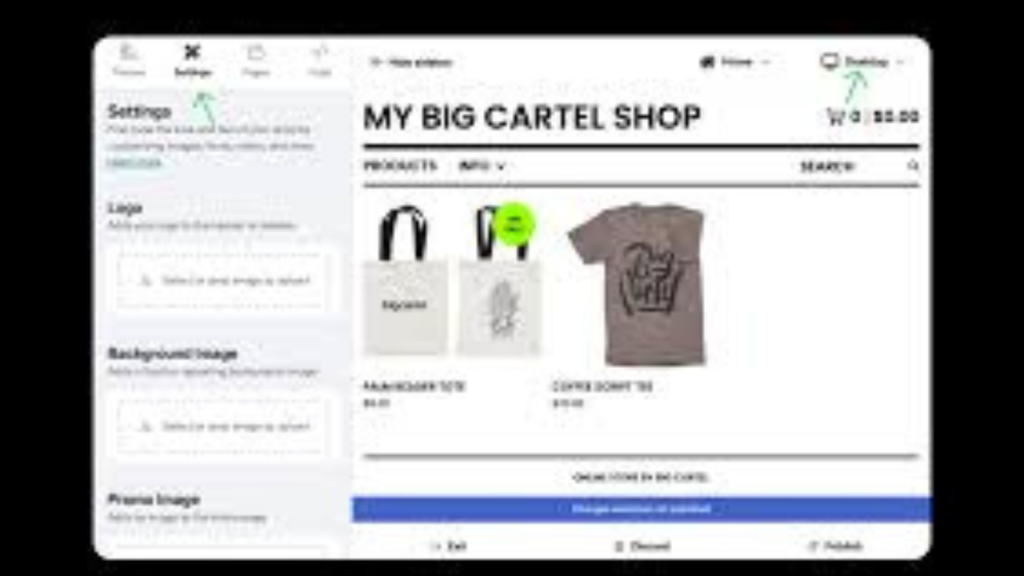
Features
Artist-Friendly
Big Cartel caters to artists and creators. The platform provides a space where creativity shines. Products can stand out without distractions. Jo Peel, a shop owner, praises Big Cartel’s clean interface. The simplicity helps products speak for themselves. Artists find this environment supportive and inspiring.
Simple Interface
Big Cartel offers a simple interface. Users navigate the platform with ease. The design focuses on user-friendliness. Beginners find the setup process straightforward. The interface minimizes complexity for quick store launches. Users manage their stores without technical headaches.
Pros and Cons
Advantages
Big Cartel provides several advantages:
- No Cost for Small Stores: Users can start with a free plan for up to five products.
- Ease of Use: The platform’s simplicity appeals to non-tech-savvy users.
- Customizable Themes: Users can choose from various themes to match their brand.
- Focus on Creatives: The platform supports artists and makers with tailored features.
Disadvantages
Big Cartel has some drawbacks:
- Limited Product Listings: Free plans restrict the number of products.
- Basic Features: Advanced eCommerce features may require a paid plan.
- Transaction Fees: Users face transaction fees on sales.
- Limited Integrations: The platform offers fewer integrations compared to competitors.
User Feedback
What Users Like Best
Users appreciate several aspects of Big Cartel:
- The artist-friendly environment supports creative expression.
- Many enjoy the simple interface, which makes management easy.
- The free plan attracts budget-conscious entrepreneurs.
- Users value the customizable themes for brand alignment.
What Users Dislike
Some users have noted areas for improvement:
- The limited product listings can restrict store growth.
- Basic features may not meet the needs of larger businesses.
- Some find transaction fees burdensome.
- The limited integrations can hinder business expansion.
7. Ecwid
Features
Multi-Channel Selling
Ecwid excels in multi-channel selling. You can sell products on your website, social media, and marketplaces like Amazon. This feature helps you reach a wider audience. You manage everything from one dashboard. This setup saves time and reduces complexity.
Integration with Social Media
Ecwid offers seamless integration with social media, making it easier for businesses to reach their customers directly. By allowing users to add a store to platforms like Facebook and Instagram, Ecwid enables businesses to engage with their audience where they spend most of their time. This kind of integration not only helps businesses create a more personal connection with their customers but also simplifies the shopping experience. Customers can browse and make purchases directly from their favorite social apps, which significantly enhances convenience.
Platforms like Shopify and WooCommerce also offer similar integration capabilities, but Ecwid stands out for its ease of use and flexibility. With Ecwid, you don’t need to completely overhaul your existing website or storefront to add social selling. Whether you’re using Shopify or Square for your main eCommerce platform, you can still integrate Ecwid’s tools to expand your reach across social media channels. This adaptability makes Ecwid a strong choice for businesses looking to create an additional revenue stream without the complexity of rebuilding their entire store.
Integrating social media into your sales strategy is crucial in today’s eCommerce landscape. Social media platforms are where customers spend a large portion of their time, and having the ability to shop directly from these platforms provides a seamless and engaging shopping experience. By adding Ecwid to platforms like Facebook and Instagram, businesses can reach a broader audience, boost sales, and create stronger brand visibility. This convenience makes it easier for customers to discover and buy products without leaving the apps they love.
In addition to the ease of integration, Ecwid’s features complement other eCommerce solutions like WooCommerce and Square. The platform is designed to work alongside these major systems, enabling you to create a comprehensive online selling strategy. Whether you’re looking to enhance your existing store or expand your reach through social media, Ecwid offers a flexible solution that can adapt to the needs of your business.
Pros and Cons
Advantages
Ecwid provides several advantages for online sellers:
- Ease of Use: The platform offers a simple setup process.
- Free Plan: Ecwid lets you start selling without upfront costs.
- Multi-Channel Selling: You reach customers across various platforms.
- Social Media Integration: The platform enhances your online presence.
Disadvantages
Despite its benefits, Ecwid has some drawbacks:
- Limited Features on Free Plan: Advanced features require a paid plan.
- Transaction Fees: Some sales incur transaction fees.
- Customization Limitations: The platform may not offer extensive design options.
- Integration Challenges: Some users find integrations tricky.
User Feedback
What Users Like Best
Users appreciate several aspects of Ecwid:
- The multi-channel selling feature expands their reach.
- Many enjoy the social media integration, which boosts engagement.
- The ease of use attracts beginners.
- Users value the free plan for starting without costs.
What Users Dislike
Some users have noted areas for improvement:
- The limited features on the free plan can restrict growth.
- Transaction fees may deter some users.
- Some find customization options lacking.
- The integration challenges can frustrate users seeking seamless connections.
8. Strikingly
Features
One-Page Stores
Strikingly allows you to create one-page commerce websites that offer a sleek and modern design. This feature keeps all the important information on a single page, making it easy for visitors to navigate and explore your offerings. Instead of clicking through multiple sections, customers can simply scroll through your products and services in a smooth, uninterrupted experience. This type of layout is especially beneficial for businesses that prefer a streamlined design to enhance user engagement.
For businesses with a smaller product range, a one-page store is an ideal solution. It keeps the focus on the key products or services without overwhelming customers with unnecessary details or pages. This type of setup helps create a clear and concise presentation, allowing customers to find what they’re looking for quickly. By offering a straightforward browsing experience, your commerce website can leave a lasting impression, making it easier to convert visitors into buyers.
Additionally, Strikingly offers customization options like templates that allow businesses to tailor their website to match their brand’s unique aesthetic. Whether you want a minimalistic or premium design, Strikingly gives you the tools to create a clean, focused website that aligns with your business goals. With templates and customization features, businesses can design a one-page store that not only looks professional but also delivers a user-friendly shopping experience.
Drag-and-Drop Builder
Strikingly’s drag-and-drop builder makes designing your online store incredibly simple. This intuitive platform allows users to move elements around with ease, eliminating the need for coding skills. By using Strikingly, anyone can build their ecommerce website without technical expertise. The platform is designed to be user-friendly, providing a streamlined experience for those looking to create an attractive, functional online store.
Customization is a key feature of the platform, enabling you to adjust your store’s layout quickly. With Strikingly, you can easily add text, images, and videos to enhance the visual appeal of your ecommerce site. The flexibility offered by the drag-and-drop builder allows for a more personalized design, helping your ecommerce business stand out in a crowded market. Whether you’re building a small shop or a large online storefront, Strikingly provides the tools needed to create a professional look.
The builder’s flexibility not only enhances your site’s aesthetic but also helps create a unique ecommerce presence. By allowing you to tailor the design to match your brand, Strikingly ensures that your online store feels distinct and well-aligned with your business goals. With the right customization options and an easy-to-use platform, you can build a successful ecommerce store that attracts customers and keeps them engaged.
Pros and Cons
Advantages
Strikingly offers several benefits:
- User-Friendly Interface: The platform is simple to use, even for beginners.
- Quick Setup: You can get your store up and running in no time.
- Responsive Design: Your store will look great on any device.
- Affordable Plans: Strikingly offers competitive pricing for premium features.
Disadvantages
Consider some drawbacks of Strikingly:
- Limited eCommerce Features: The platform may not support advanced eCommerce needs.
- Basic Customization: Some users find the design options too basic.
- Transaction Fees: Strikingly charges fees on sales made through the platform.
- Limited Product Listings: Free plans restrict the number of products you can list.
User Feedback
What Users Like Best
Users love several aspects of Strikingly:
- The easy-to-use interface makes store management simple.
- Many appreciate the quick setup, which saves time.
- The responsive design ensures a smooth shopping experience on all devices.
- Users value the affordable plans for budget-friendly eCommerce solutions.
What Users Dislike
Some users have noted areas for improvement:
- The limited eCommerce features may not meet the needs of larger businesses.
- Some find the basic customization options lacking in creativity.
- Transaction fees on sales can be a drawback for some users.
- The limited product listings can restrict store growth.
Explore these eight methods to build your free eCommerce site. Each platform offers unique features and benefits. Consider your business needs and growth potential. Scalability plays a crucial role in your decision. Choose a platform that grows with your business. Experiment with different options to find the perfect fit. Dive into the world of eCommerce with confidence. Your journey to online success starts here.
Here are some top FAQs for the questions you provided
1. Is there a free eCommerce site?
- Answer: Yes, several platforms allow you to create a free eCommerce site. Some popular options include Wix, WooCommerce, Ecwid, and BigCommerce. While many offer free plans, these may come with limitations such as transaction fees or limited customization options. However, they provide a great way to start selling online without upfront costs.
2. Is Wix eCommerce completely free?
- Answer: Wix offers a free plan, but to access its eCommerce features, you’ll need to upgrade to a premium plan. The free version is excellent for building a basic website, but if you want to process payments, set up an online store, and access advanced eCommerce tools, a premium plan is required.
3. Which free website builder is best for eCommerce?
- Answer: Platforms like Wix, WooCommerce (with WordPress), Ecwid, and Square Online are among the best free website builders for eCommerce. Each has its strengths—Wix is user-friendly and great for design flexibility, WooCommerce offers advanced features for WordPress users, and Square Online provides seamless integration with in-store POS systems. Ecwid is excellent for adding eCommerce features to an existing website.
4. What is the best free selling platform?
- Answer: The best free selling platforms include Facebook Marketplace, eBay, and Etsy for certain niches. Additionally, Square Online and Ecwid offer free plans that allow you to sell online with minimal setup. These platforms provide basic tools to list and sell products, though you may need to pay transaction fees or upgrade for more advanced features.
plz share the Article Thanks
